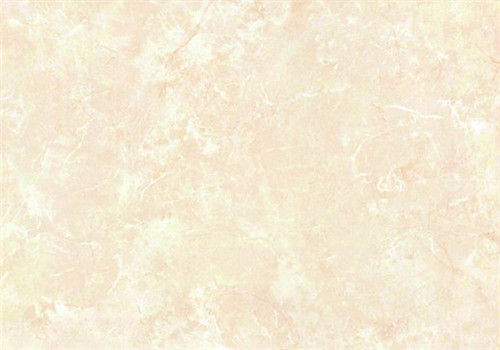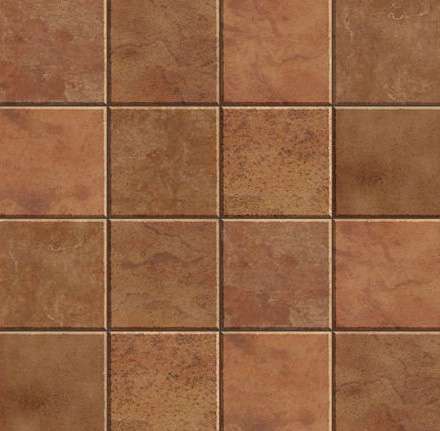If you go to a tile store, you will find many types of tiles. Glazed tiles are one of them. Many people have heard of glazed tiles. But few of them have a deep understanding of glazed tiles. This will be a summary of the introduction of glazed tiles. I hope that everyone can have a different understanding of glazed tiles with it. We will start with the introduction of glazed tiles. This will let more people know what glazed tiles are. The second thing to talk about is the advantages of glazed tiles. A detailed understanding of glazed tiles is helpful to purchase.

The original meaning of glaze is pottery. So, glazed tile refers to a ceramic tile that is fired after applying glaze. We divide the materials of the glaze into pottery clay and china clay. The glazed tiles made of terracotta will appear red. The surface of glazed tiles made from porcelain clay will appear white and gray. The surface patterns of glazed tiles are rich in variety. Their patterns are diverse. They are richer than the patterns and colors of polished tiles. Because they are made of glaze, their water absorption rate is stronger. In addition, the strength of glazed tiles is quite high.
Glazed tiles have many specifications. They are easy to clean. You will have a large selection space with them. You can use them in the kitchen and bathroom.

The surface strength of glazed tiles is strong. You can use them for both wall and floor purposes. Compared with some vitrified tiles, the biggest and most practical advantage of glazed tiles is to prevent penetration. Most of the glazed tiles have good slip resistance. Because glazed tiles can be fired with a variety of patterns and patterns. Their styles are diverse. The wear resistance of glazed tiles is slightly worse than that of traditional vitrified tiles. But the wear resistance of qualified glazed tiles can certainly meet the needs of ordinary households. Glazed tiles have excellent prevention of seepage. The stitching is compact. Their toughness is good. It rarely breaks. The water absorption rate of glazed tiles is greater than 10%. Glazed tiles are resistant to rapid cold and heat. The resistance to rapid cooling and heating here refers to the property that glazed tiles will not crack when they are subjected to rapid temperature changes. The difference between cold and hot temperature in the test is ±2 °C.
Then, there are the disadvantages of glazed tiles. Because the surface is glaze, the abrasion resistance is slightly worse. And the slip resistance is not so ideal. You might often see defects such as pinholes, cracks, bends, etc.
After knowing the advantages and disadvantages of the above glazed tiles, you must be able to purchase glazed tiles well. Putting the right bricks in the right place is essential for creating a beautiful and practical home.








